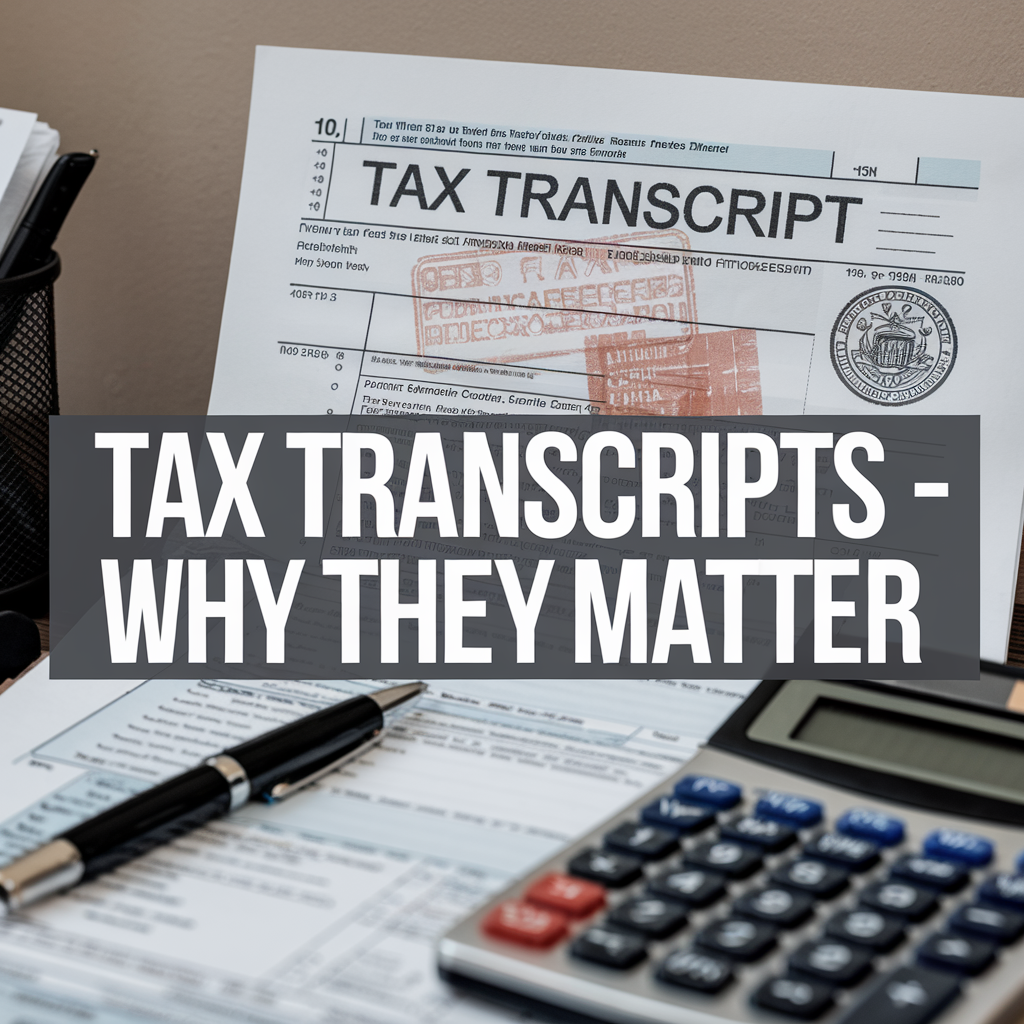California FTB Offer in Compromise vs IRS Offer: What’s the Difference?

Introduction: Not All Tax Settlement Programs Are Created Equal
If you're struggling with tax debt, you've likely heard of the IRS Offer in Compromise (OIC)—a federal program that lets you settle your tax debt for less than you owe. But if you live in California or owe state taxes, you might also be eligible for a Franchise Tax Board (FTB) Offer in Compromise.
While both programs share a similar goal—allowing qualified taxpayers to resolve their debt for a reduced amount—the rules, processes, and outcomes are very different.
In this post, we’ll break down the key differences between the IRS OIC and FTB OIC, so you can make informed decisions about your options and protect your financial future.
What is an Offer in Compromise (OIC)?
An Offer in Compromise is a legal agreement that allows taxpayers to settle their tax debt for less than the full amount, based on their inability to pay.
Both the IRS and California FTB offer OIC programs, but each agency:
- Uses different financial criteria
- Has its own forms and process
- Evaluates applications under different legal frameworks
Let’s look at how each program works.
The IRS Offer in Compromise
Eligibility Requirements
To qualify, you must:
- Be up to date with all tax filings
- Not be in active bankruptcy
- Show you can’t afford to pay the full debt, now or in the foreseeable future
The IRS uses a formula based on:
- Your monthly income vs allowable expenses
- The equity in your assets
- Your future earning potential
If the calculated “Reasonable Collection Potential” (RCP) is less than your tax debt, they may accept your offer.
Types of IRS OICs
- Doubt as to Collectibility – Most common; based on inability to pay.
- Doubt as to Liability – You don’t believe you owe the tax.
- Effective Tax Administration – Rare; for those who could technically pay but doing so would cause hardship.
Forms and Fees
- Form 656 – Offer application
- Form 433-A (OIC) or 433-B (OIC) – Financial info
- $205 application fee (waived for low-income taxpayers)
- Initial payment required unless you meet hardship qualifications
The FTB Offer in Compromise
Eligibility Requirements
To qualify for a California FTB OIC, you must show that:
- You do not have the ability to pay the full amount now or in the future
- The offer is the most the FTB can reasonably expect to collect
- You are not in bankruptcy
- All required tax returns have been filed
The FTB may be more flexible than the IRS, but they still scrutinize your financials heavily.
Who Qualifies
The FTB OIC is available for:
- Individuals
- Self-employed taxpayers
- Businesses and corporations (using different forms)
Forms and Process
- Form 4905PIT – For individuals
- Form 4905BE – For businesses
- No formal application fee
- No fixed formula like the IRS—but similar principles apply
Key Considerations
- The FTB looks at current and future income, assets, and expenses
- Offers must be paid within a short period (usually 5 years max)
- They may require you to remain compliant for several years after acceptance
FTB vs IRS: Key Differences
| Feature | IRS Offer in Compromise | California FTB Offer in Compromise |
|---|---|---|
| Application Forms | 656 + 433-A/B (OIC) | 4905PIT (individuals), 4905BE (businesses) |
| Application Fee | $205 (unless waived) | None |
| Down Payment Required? | Yes, unless hardship | Sometimes yes |
| Turnaround Time | 6–9 months | 4–9 months |
| Asset Review | Detailed RCP formula | Case-by-case financial review |
| Future Compliance Requirement | 5 years | Typically 5 years |
| Public Information? | Accepted offers published | Some offers are public via FTB reporting |
Can You Apply for Both at the Same Time?
If you owe both IRS and FTB tax debt, you can apply to both agencies—but coordination is critical.
For example:
- The IRS may approve your offer based on your inability to pay, while the FTB may reject it if they think your California real estate has enough equity.
- You’ll need to ensure cash flow doesn’t disqualify you for one while negotiating with the other.
Working with a licensed tax professional can help you strategically sequence your offers and avoid pitfalls.
How Professional Help Can Make a Difference
Both the IRS and FTB OIC programs are highly technical. Many applications are denied simply because:
- They were incomplete
- Financials weren’t well documented
- The offer was unrealistically low
- The taxpayer wasn’t compliant
A licensed California CPA firm like Boulanger CPA and Consulting PC can:
- Review your IRS and FTB debts
- Prepare compliant, evidence-backed offers
- Negotiate directly with state and federal agents
- Help you avoid enforcement actions during review
- Protect your rights and maximize approval chances
When to Use the IRS vs FTB OIC
Choose the IRS OIC if:
- You owe significantly more to the IRS than to the FTB
- You have minimal income/assets and want broad protection
- You’re already working with the IRS and want to finish that case first
Choose the FTB OIC if:
- You owe more to California
- You’re being garnished or levied by the FTB
- You’ve already settled with the IRS and want to clean up your state debt
Case Example: IRS vs FTB OIC in Real Life
Susan, a self-employed consultant from Orange County, owed:
- $72,000 to the IRS
- $19,000 to the California FTB
After a full financial review, her CPA submitted:
- An IRS Offer in Compromise for $4,800, accepted after 6 months
- A California FTB Offer in Compromise for $2,500, accepted after 5 months
Now she’s debt-free and fully compliant, with both tax agencies.
Final Thoughts: Know Your Options, Choose the Right Path
While both the IRS and FTB offer settlement options, they are not interchangeable. Each has unique processes and criteria—and missteps can delay or derail your chances of relief.
If you’re unsure which path is right for you, or how to approach both agencies, a licensed tax resolution expert can help you navigate the system, file accurately, and avoid costly mistakes.
Work With a Trusted Orange County Tax Resolution CPA
At Boulanger CPA and Consulting PC, we help California taxpayers just like you settle tax debt with both the IRS and the FTB. We provide:
- One-on-one consultations
- Customized settlement strategies
- Virtual or in-person meetings by appointment
Whether you owe $5,000 or $150,000, we can help you explore your options and take the next right step.
Contact Us Today
Website:
www.orangecounty.cpa
Phone:
657-218-5700
Email:
marc@boulangercpa.com
Frequently Asked Questions
What is the main difference between an FTB and IRS Offer in Compromise?
The IRS uses a strict formula (reasonable collection potential) to evaluate OICs, while the FTB takes a more flexible, case-by-case approach to assess financial hardship and potential for collection.
Can I apply for both the IRS and FTB Offer in Compromise at the same time?
Yes, but strategic planning is crucial. Simultaneous applications can create complications. A CPA can help you coordinate the process and avoid disqualifying yourself from one while applying to the other.
Do both offers require you to stay tax compliant after acceptance?
Yes. Both the IRS and FTB require you to stay current with tax filings and payments—usually for 5 years—or your settlement may be revoked.
How long does it take to get an Offer in Compromise approved?
IRS offers typically take 6–9 months, while the FTB generally reviews offers in 4–9 months, depending on the complexity of your case and how quickly you respond to information requests.
Which should I apply for first—IRS or FTB?
It depends on your situation. If one agency is more aggressive or you owe significantly more to one than the other, it might make sense to resolve that debt first. A tax professional can help you prioritize effectively.














